The photographers behind “Welcome to Flint” talk about poverty, empowerment, and the perils of “masturbatory photojournalism”.
The operatic decline of Flint, Michigan has been well-known since long before Michael Moore ambushed-cammed his way into popular culture. But the story of Flint keeps going, still defying all simple explanations. As 2013 draws down, we check in with two young photojournalists, Brett Carlsen and Juan Madrid, whose Welcome to Flintproject is helping keep the story alive into 2014, to talk about poverty, empowerment, and the perils of “masturbatory photojournalism”.
Roads & Kingdoms: How did you end up in Flint?
Brett Carlsen: I got an offer to do an internship at the Flint Journal and worked there from May to August 2012. I wanted to work there partly because of the documentary “Roger and Me”. I thought it would be a bit more of a historic city, compared to most rural papers. The paper has a very small staff, so we chased news and did the normal stuff you’d expect a paper to do: festivals, fairs, sports, business profiles… We never spent a lot of time with a subject or topic regardless of the nature. Partway through the internship, I proposed digging deeper into the city’s crime. They basically answered: “you go do that on your own time and we’d be happy to run it” – which to me seemed illogical. If I’m going to spend my free time on a project, it might as well stay mine. So I started finding subjects and areas and worked more deeply, spent more time with them. I’ve been photographing some of these people for close to a year now.

R&K: What did you tell Juan to persuade him to join you in this project?
Brett Carlsen: I probably just razzed him into coming out to visit. I know I said something to the nature of “there are so many stories and interesting things here, you have to come out!”
Juan Madrid: It didn’t take much convincing. Brett said I’d probably like the city and told me he had an idea for a project. I hadn’t left upstate New York very often so I took the chance and spent a week there visiting him before my last year at RIT started. I tried not to go in with too many preconceptions.

R&K: Initially, you guys thought about dividing the work between positive stories (shot by Juan) and negative stories (shot by Brett). How did that work out?
Brett Carlsen: Yes, that was our original approach. But the city is much more complex that that. So what ended up happening is Juan finds stories through natural interactions or happenstance, and I dig more to get into things behind closed doors. That approach has certainly been more successful and more honest. It is also very conducive to how we work normally. I’d kill myself if I had to walk around all day finding photographs… Juan on the other hand does it very well.
EVERYONE LOVES TO SHOW YOU THEIR NON-PROFIT OR FUNDRAISER OR NEW COMMUNITY PROJECT… THEY KIND OF HATE SHOWING YOU THEIR GUNS AND DRUGS
R&K: How has that informed the overall project? Did you both naturally gravitate towards poorer communities and areas of the city?
Brett Carlsen: Well, the city is very poor. Most cities have a “bad part” and good parts. While that’s true in Flint, the difference between good and bad is much smaller in financial terms. The majority of Flint is lower to lower middle class. It was a working class city that had its major employers leave. I gravitated towards people doing illegal activities first because I knew it would take a lot more time and effort to get access to. Everyone loves to show you their non-profit or fundraiser or new community project and let you take pictures all day… They kind of hate showing you their guns and drugs.
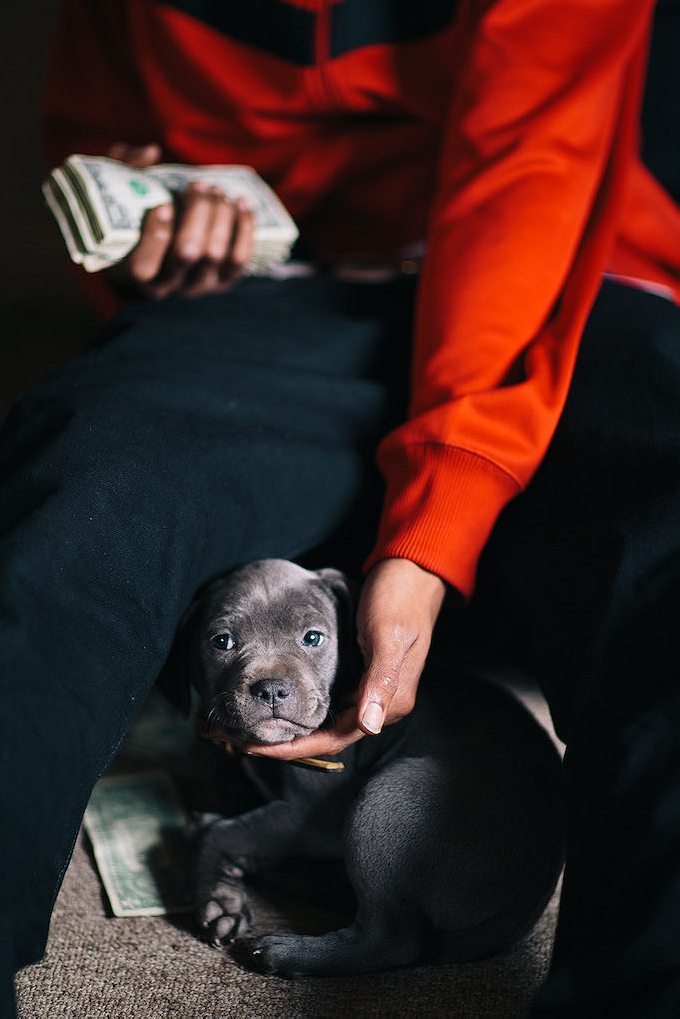
Juan Madrid: I’m much more interested in exploring marginalized people and places than anything else. I’ve been getting into the idea of using photography to show what’s wrong with society but allowing viewers to come to their own conclusions. I’ve lost faith in the systems that run America. I think capitalism is an extremely destructive system and I tend to photograph those most extremely affected by it.
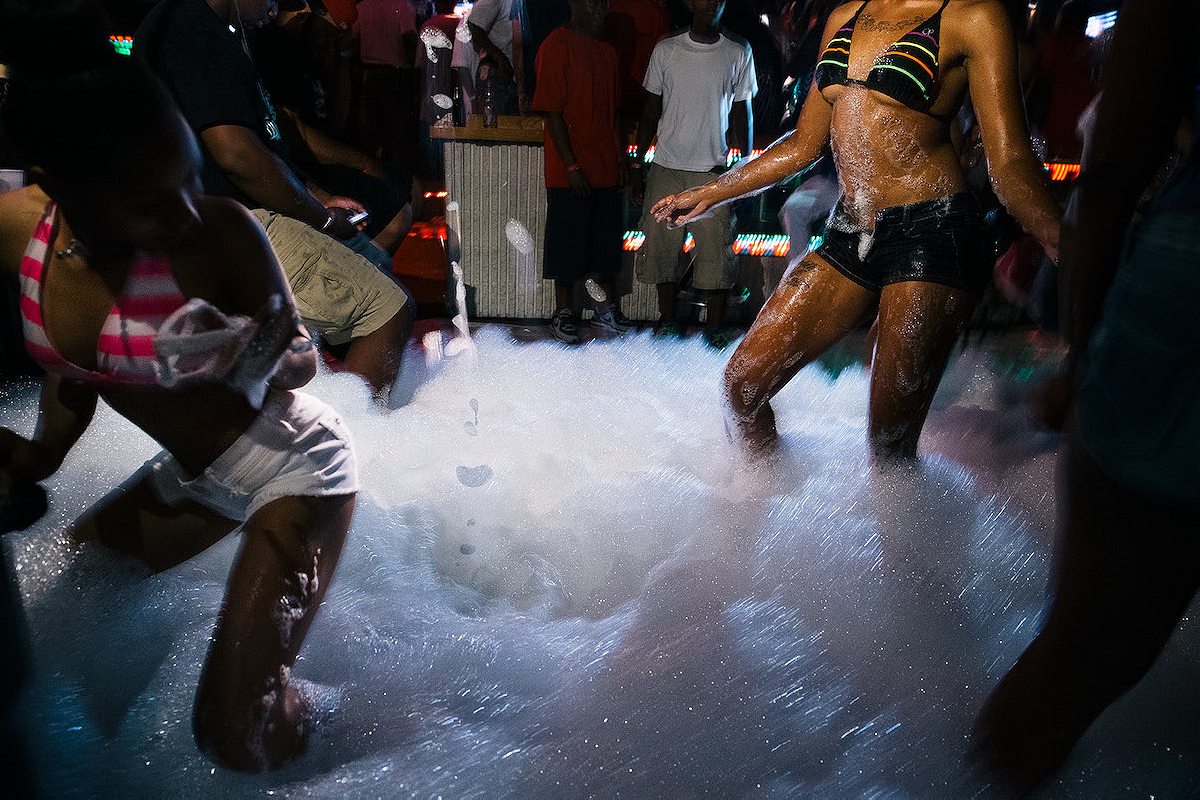
R&K: Why was Flint a good place to explore these larger themes?
Brett Carlsen: Flint, like many other cities, is kind of sacrificed in the pursuit of lower cost goods or higher profit margins. If a company elects to make an executive decision that moves a factory or jobs somewhere else, that city is now put in limbo. Usually that ends in economic collapse, as there is almost no way to quickly refill a large amount of jobs in a town. When a city goes through that, it takes a lot to recover and continue, especially when the jobs are in manufacturing. My hometown of Rochester went through a similar situation with Kodak. Almost the exact same number of employees from start to finish. However, the major difference was that Kodak employed many engineers and scientists so the city recovered through the new business ventures those people created along with unrelated businesses.
FLINT RAISES THE QUESTION OF WHETHER A SYSTEM IS TRULY WORTHWHILE IF IT REQUIRES THE SUFFERING OF A LARGE PORTION OF THE POPULATION
Juan Madrid: Flint has extreme levels of poverty and issues with violence. It obviously isn’t like the whole city is overrun with gangs or anything like that, but it’s a part of modern America and I think Flint is a great illustration of the country’s issues at large. It raises the question of whether or not a system is truly worthwhile if it requires the suffering of a large portion of the population. I also think it’s a fairly interesting city because of how it is so often portrayed—almost in a propagandistic manner to elicit fear from the general public. I think we’re fighting that way of showing the city and giving it a more human face.
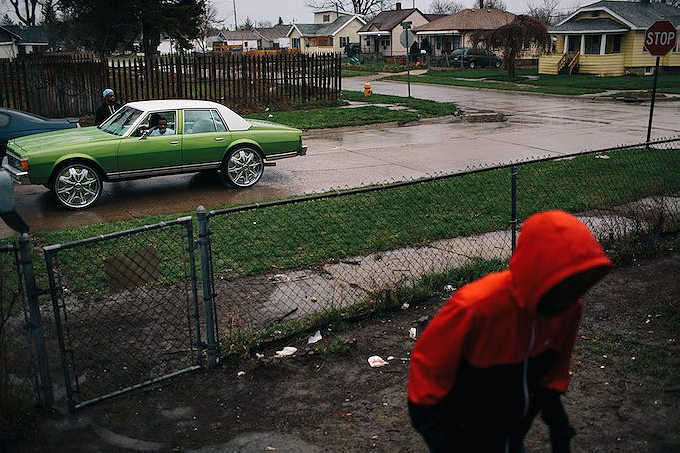
R&K: But there are some good stories to come out of Flint, too. Do you ever get criticized for not showing those?
Brett Carlsen: All the time. I think it’s bullshit though. I’m not sorry for showing something that is representative of the living conditions of 50% or more of the city. Look at my pictures, drive around the city of Flint and tell me it doesn’t look like that. I’m working to tell more positive stories but not the bullshit they always point out like the local college or some thriving business. I want to show people coming together personally to support one another and show they care about their neighbors. That’s what makes Flint special and that is what is so positive about it.
Juan Madrid: The more I’ve thought about it, the less inclined I am to photograph a ton of “good” stories. Photographing the happy events is acting like those who are marginalized and forced into lives of poverty and violence don’t matter. It becomes this hypocrisy where it’s as if we’re saying “Sure there’s some shortcomings of the city and country at large, but there are still happy people! So everything is OK!”

Brett Carlsen: A positive picture doesn’t have to be a kid on a new playground or a college graduate. It could be a woman working her first job since kicking a crack addiction or a young man worshipping in church or people partying in a club because they have work off the next day. These things are positive and they matter a lot more, I think. I don’t want to stick on a bandaid of happiness when I know a kid has to walk 10 blocks to go buy candy for dinner because he can’t get to a grocery store. I’m sorry, that makes no sense to me at all.
R&K: You’ve photographed Flint for more than a year now. How have you seen the place change?
Juan Madrid: I’ve been in and out of the city on short trips. I was there in June for the whole month and actually just left this past Thursday after a two week stay. It doesn’t seem to be changing a whole lot (at least the areas I usually haunt). An abandoned building at a bus stop where I always hang out got burned down. That was kind of a strange experience. Most of the people I interact with are stuck in the city and they know it, so they just try to make the best of what they have.
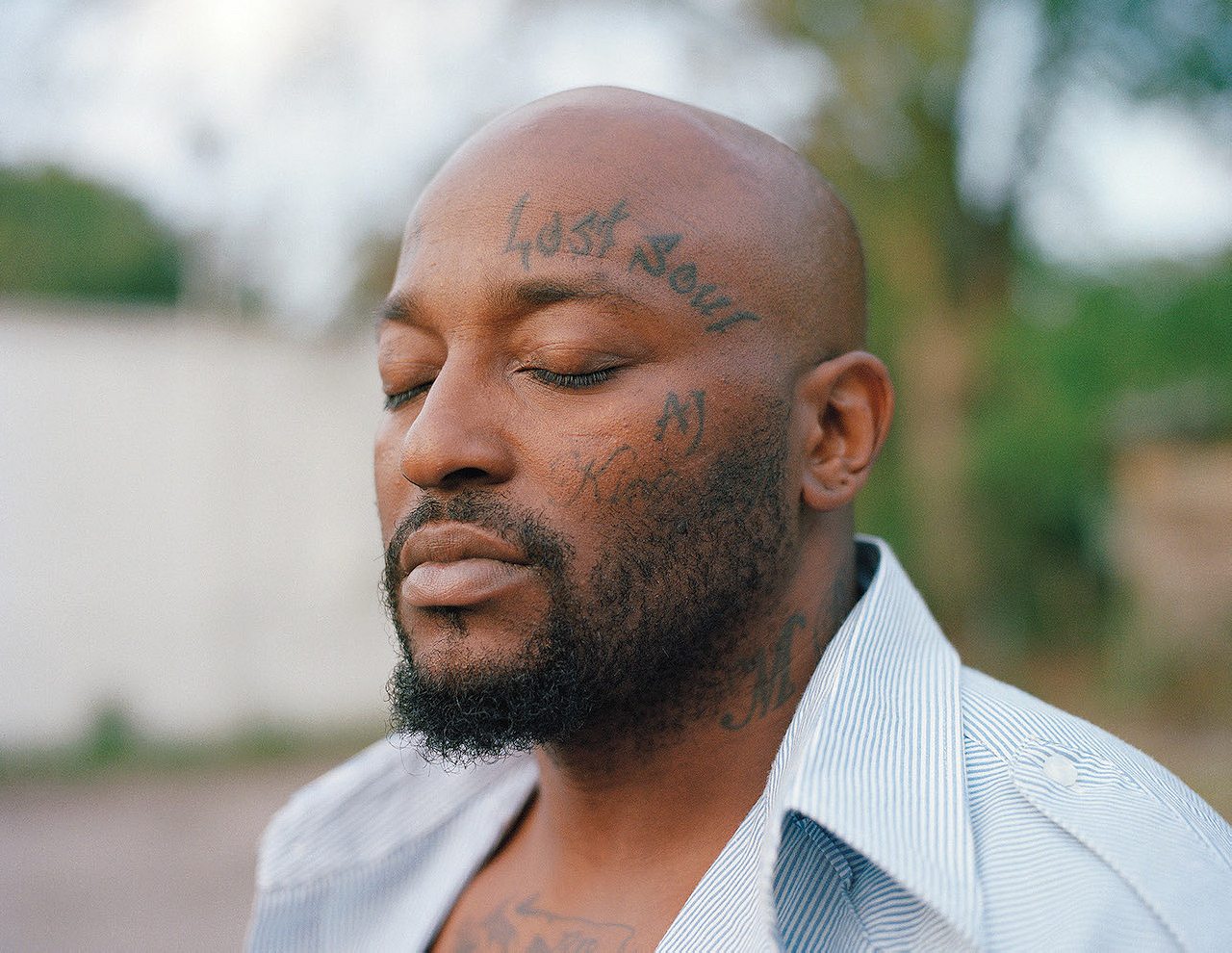
R&K: You’ve shown a strong desire to involve the community in the Welcome to Flint project. Can you talk about why that’s important?
Brett Carlsen: I’m real sick of masturbatory photojournalism, the whole ‘hey everyone, look at these pictures I made, they are great, let’s all talk about how great this book will be!” And then we all buy it and we all put it on our shelf or reblog it or whatever and nothing happens and that’s it. I hate it. I want to make work that people can hold and see and talk about and get pissed at or be pumped on. It needs to be a discussion point on multiple levels, and accessible to all.
Juan Madrid: I went through the fine art photo program at RIT so I got more of a taste of the art world and what that means. I’ve really grown to hate it and the idea that money needs to rule everything you do. I think involving the community in some way creates a much easier path to conversations about what’s wrong and what can be done to fix it. I agree with Brett about getting people pissed too. A lot of photo books these days get dissected and talked about conceptually and I hate the abstraction of photography further than it already is. I want to try and bring it closer to having a tangible affect on physical reality, not some metaphysical wanderings of academics.

R&K: So, in a little more detail, how are you guys planning to achieve that?
Brett Carlsen: Mostly through self portraits and still lives of our girlfriends. No, that’s sarcasm. I think by photographing real life to start. We aren’t illustrating things or conceptualizing. I’m shooting people’s lives unadulterated. Juan is finding real things, landscapes, portraits, still lives. Then, we want to deliver it in an affordable manner. Our product will be distributed for free in some manner to people in Flint, whether through the art museum or something else. But it needs to be in the hands of people in the city, not in a $30-$100 book that is sold somewhere else. The iPad app will be highly affordable, but no official discussion has been made yet.
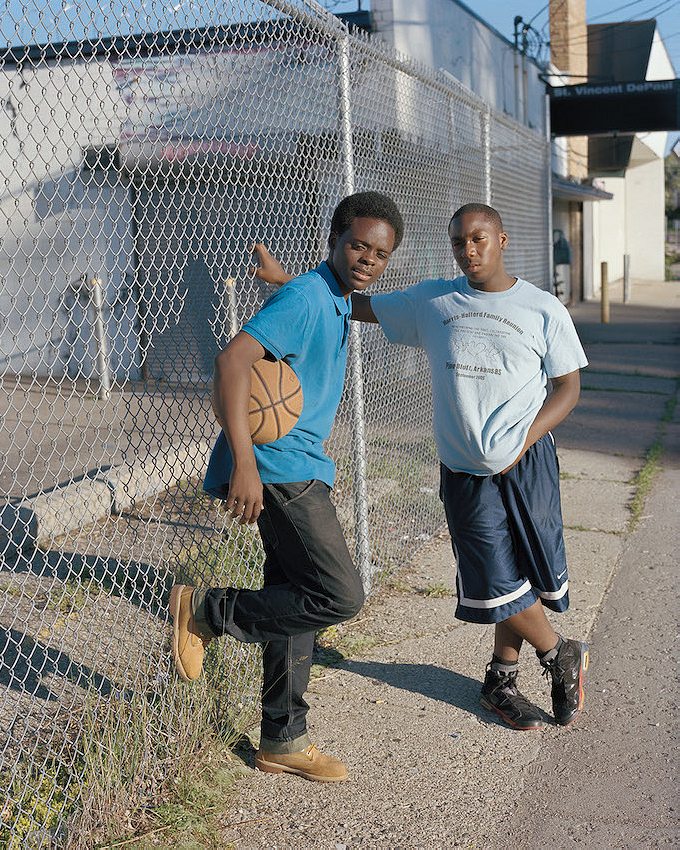
Juan Madrid: I’m in contact with an organization that goes to underprivileged cities and teaches children photography. An idea was to do a split exhibition where we would show our photos but also have the kids show theirs. Unfortunately that won’t happen in the immediate future because the organization is tied up with other cities but I’m hoping we can do that at some point. We’ve also given a lecture at Yale. I think that kind of platform is a good way to actually get practicing artists thinking about how their work can actually have an effect on the world around them rather than aim for gallery shows and cater to an art world more focused on profit.
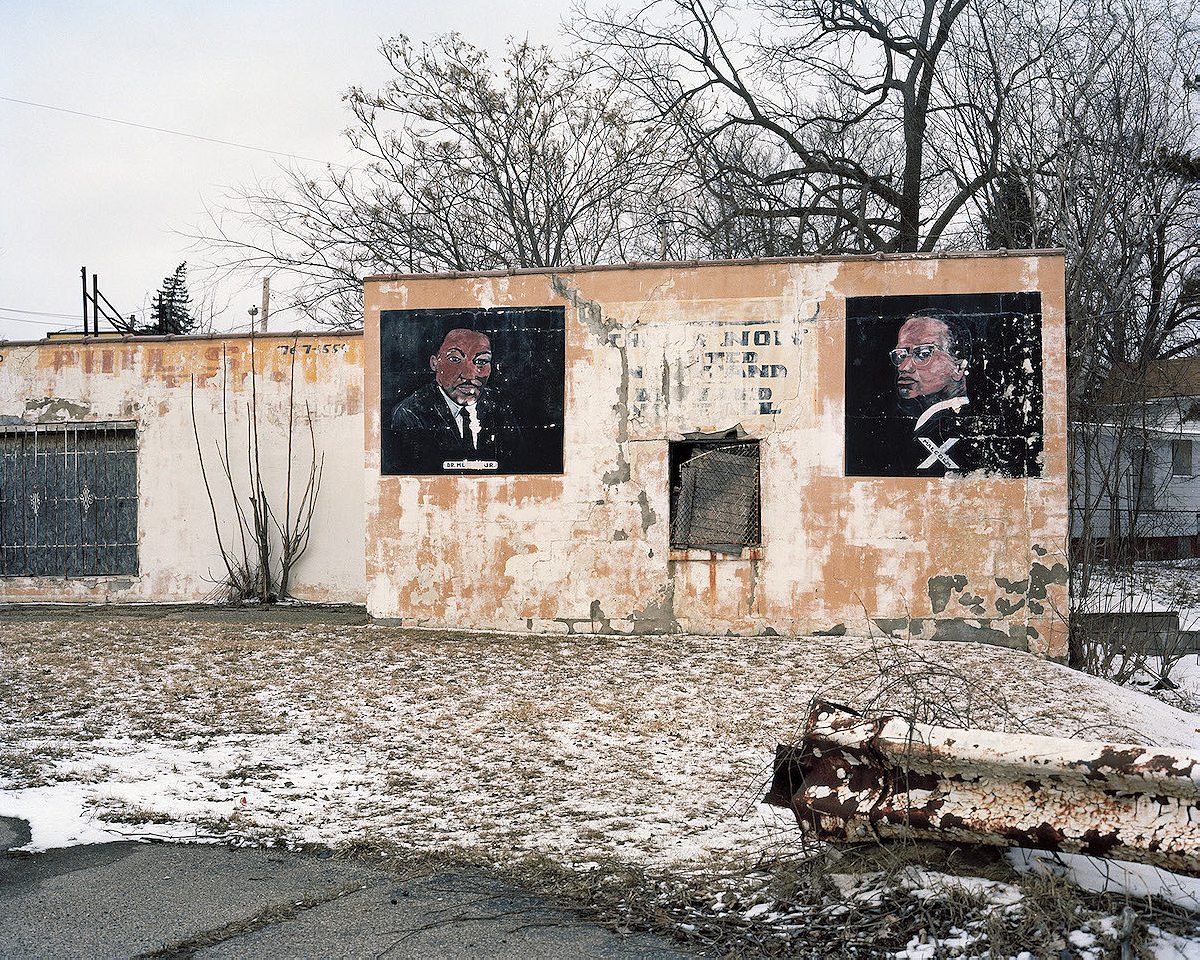
Learn more about the Welcome to Flint project here. You can follow Brett on twitter and on instagram (brettinreallife), and see more of Juan’s work here.
[Top image: Spectators sit on a Ford Bronco as fireworks explode above the former “Chevy in the Hole” manufacturing complex. Photograph by Brett Carlsen.]